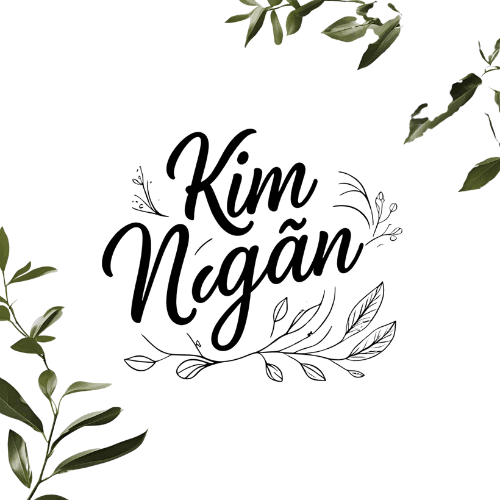Exploring Gansu: The Singing Desert and Echoes of the Silk Road
🇨🇳 Gansu – Where the Desert Sings and the Silk Road Still Echoes
Gansu doesn’t call loudly. It hums—like wind over sand dunes, like a stringed instrument in a caravan tent, like the echo of camel bells long gone but never forgotten.
This is the soul of the Silk Road, carved between deserts and mountain ranges, where Buddhist caves glow with stories and oases still offer quiet refuge. If you're seeking something deeper than landmarks—a sense of time stretching beyond maps—you’ll find it here.
Welcome to Gansu: where China meets the Middle East, and history lives in the color of the cliffs.
1. Why Gansu? – The Forgotten Thread of the Silk Road
Gansu is for those who:
- Want to walk where merchants once traded silk, spices, and stories
-Are drawn to landscapes that change by the hour—loess plateaus, rainbow mountains, shifting dunes
-Feel the pull of ancient Buddhism, desert mysticism, and cultural fusion
Here, time moves like the wind—gently, but always forward.
2. Best Places to Visit in Gansu
🏯 Dunhuang – The Desert’s Heartbeat
Home to the legendary Mogao Caves, a treasure of Buddhist murals and sculptures dating back over 1,600 years
Explore the Mingsha Sand Dunes and Crescent Lake, where the desert rolls like waves beside an emerald oasis
Ride camels at sunset. But pause for silence—it's the true guide here
🎨 Zhangye Danxia (Rainbow Mountains)
A surreal, striped landscape of red, gold, and violet peaks
Best viewed at sunrise or sunset, when the light turns the cliffs into living paintings
🏛 Lanzhou – The Yellow River City
Capital of Gansu, straddling the muddy, mythic Huang He
Taste the iconic Lanzhou hand-pulled beef noodles
Visit Waterwheel Park or take a slow boat ride to feel the ancient river pulse
🏞 Jiayuguan Pass – The End of the Great Wall
The westernmost fortress of the Ming Great Wall, where empire once ended and wilderness began
Climb the ramparts and imagine the vastness beyond the gate
3. Cultural Highlights – Layers of Faith, Trade, and Dust
Silk Road Legacy: Gansu was a major artery of trade, art, and religion between China, Central Asia, and Persia
Buddhist Heritage: The Mogao Caves hold one of the world’s richest archives of sacred art
Islamic Influences: In cities like Linxia, experience the quiet rhythm of mosques, minarets, and halal kitchens
🕌 Gansu isn’t about what survives on the surface—it’s what has soaked into the soil.
4. What to Eat – Noodles, Spice, and Desert Soul
Food here reflects the region’s crossroads identity:
Lanzhou Lamian (Beef Noodle Soup) – A local obsession, defined by clear broth and hand-pulled artistry
Flatbread & Lamb Skewers – Hearty, fragrant, and often halal
Camel Milk Yogurt, apricot sweets, and cumin-seasoned everything
🥣 Meals in Gansu are like its terrain—simple on the surface, rich when you sit with them.
5. For the Slow Traveler – Where to Linger
Spend a full morning at Mogao Caves, letting each fresco speak before you photograph
Sit by Crescent Lake with nothing but a notebook and the rustle of dune grass
Walk a stretch of the deserted Great Wall near Jiayuguan at dusk
Visit a local market in Linxia and talk, taste, wander with no agenda
📿 Sometimes, the stillest places speak the loudest—if you listen slowly enough.
6. Practical Travel Tips
Best time to visit: May–June and September–October (avoid summer heat and winter freeze)
Getting there: Fly into Lanzhou or Dunhuang; connect by train or domestic flight
Altitude: Some areas (especially west of Zhangye) are at elevation—acclimate gently
Language: English is rare—translation apps or a local guide help greatly
Final Thoughts – Where Dust Carries Memory
Gansu is not a place you just see—it’s a place you carry.
In the sand that clings to your shoes.
In the silence that lingers behind cave doors.
In the feeling that time is not just behind you—but beneath you.
And when you leave, you’ll find yourself listening—long after the wind has stopped—for the song that only the desert knows.
With care and clarity,
Kim Ngân – storyteller & slow traveler
